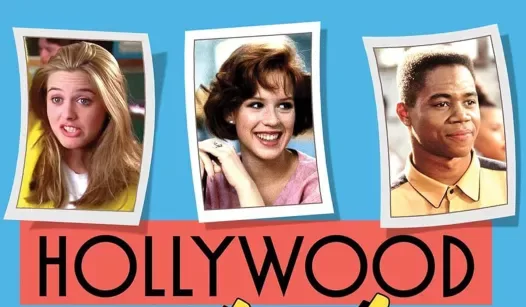Bruce Handy offers an engaging exploration of a unique social phenomenon that has become a staple of American pop culture: the concept of “teenagerhood.” While his analysis may have its shortcomings, it captures the essence of how this distinct phase of life was not only recognized but also shaped by Hollywood and the broader entertainment industry.
The term “teenager” first emerged in the mid-20th century, marking a significant cultural shift. Prior to this, young people were often viewed simply as children or young adults, with little acknowledgment of the unique experiences and challenges faced during adolescence. However, as society evolved, so did the recognition of this transitional stage, leading to the creation of a distinct identity for teenagers.
Hollywood played a pivotal role in this transformation. The film industry began to depict teenagers not just as side characters or children but as protagonists with their own stories, struggles, and aspirations. Movies like “Rebel Without a Cause” and “The Breakfast Club” captured the complexities of teenage life, giving voice to the frustrations, joys, and dilemmas that define this age group.
As Handy discusses, the portrayal of teenagers in film and television has often been both aspirational and problematic. On one hand, these narratives have allowed young people to see themselves represented on screen, fostering a sense of belonging and understanding. On the other hand, they have also perpetuated stereotypes and unrealistic expectations about what it means to be a teenager.
The impact of this portrayal extends beyond entertainment; it influences societal perceptions of adolescence. The media’s depiction of teenagers often shapes adult attitudes toward youth culture, leading to generational misunderstandings and conflicts. Handy’s survey highlights how these representations can both empower and marginalize young people, depending on the narratives being told.
Moreover, the evolution of teenagerhood in pop culture reflects broader societal changes. The rise of digital technology and social media has transformed the teenage experience, creating new platforms for self-expression and connection. Handy acknowledges that while Hollywood’s influence remains significant, the voices of teenagers themselves are increasingly shaping the conversation around their identity and experiences.
In conclusion, Bruce Handy’s exploration of teenagerhood in American pop culture provides a thought-provoking look at how Hollywood has both shaped and reflected the lives of young people. While his analysis may have its flaws, it opens the door for further discussion on the complexities of adolescence and the ongoing evolution of youth culture in an ever-changing world.
